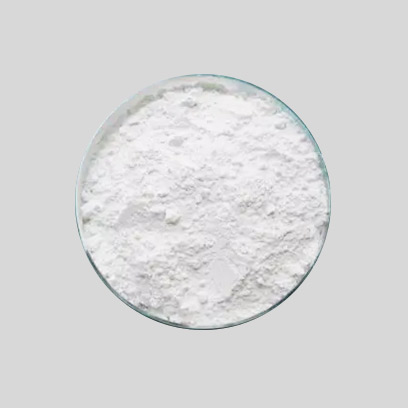
oct. . 16, 2024 16:28 Back to list
Manufacturing Process for Anatase and Rutile Titanium Dioxide Products Today
The Production and Applications of Anatase and Rutile Titanium Dioxide
Titanium dioxide (TiO2) is one of the most widely used white pigments and is renowned for its brightness, high refractive index, and resistance to degradation. Among its various crystalline forms, anatase and rutile are the most significant. This article will explore the production processes of these two forms, their properties, applications, and the future of titanium dioxide manufacturing.
Production Processes
The production of titanate continues to evolve, utilizing both the sulfate and chloride processes. The sulfate process, which is an older method, involves digesting ilmenite ore with sulfuric acid, followed by hydrolysis and calcination to produce TiO2. This approach, while effective, generates a significant amount of waste and has environmental implications due to the use of hazardous chemicals.
In contrast, the chloride process is more modern and environmentally friendly but is primarily applicable to rutile. This method involves the chlorination of titanium-bearing ores to produce titanium tetrachloride (TiCl4), which is then oxidized to form TiO2. The chloride process has become the preferred route for rutile production due to its efficiency and lower environmental impact.
Regardless of the method, temperature control during production is crucial, as it determines the final crystal structure. Anatase is typically produced at lower temperatures (around 600-800°C), while rutile requires higher temperatures (over 1000°C). These differences in production conditions directly influence the properties of the resulting titanium dioxide.
Properties of Anatase and Rutile
Anatase and rutile exhibit distinct physical and chemical properties. Anatase has a tetragonal crystal structure and is characterized by its light scattering ability, making it suitable for applications requiring high brightness. However, it is less stable than rutile and can transition to rutile under certain conditions.
anatase and rutile factory

Rutile, on the other hand, is denser and offers superior photocatalytic performance. This form has a greater refractive index and higher UV absorption capacity, which makes it ideal for applications in coatings, plastics, and cosmetics. Rutile is also more chemically stable, which allows it to perform well in demanding environments.
Applications of Titanium Dioxide
The applications of anatase and rutile depend largely on their unique properties. Anatase is often used in the production of photocatalysts, where it can initiate chemical reactions upon exposure to light, effectively breaking down pollutants. This property is particularly valuable in environmental remediation efforts.
Rutile, due to its excellent pigment properties, is extensively utilized in the paints, coatings, and plastics industries. Its colorfastness and ability to withstand UV light make it particularly desirable for outdoor applications. Moreover, rutile is increasingly being used in sunscreens and cosmetics, providing protection against ultraviolet radiation while enhancing product opacity.
In addition to these applications, titanium dioxide is also used in the food industry as a food additive and in the paper industry to enhance brightness and opacity. The versatility of TiO2 is unmatched, contributing to its status as an essential industrial material.
Future Perspectives
As the demand for sustainable products continues to rise, the titanium dioxide industry is likely to see innovations aimed at reducing environmental impact. Researchers are exploring alternative production methods that minimize waste and energy consumption. There is also an increasing interest in developing composites that incorporate TiO2 for enhanced performance in a variety of applications, including bioplastics and smart coatings.
In summary, anatase and rutile titanium dioxide are vital materials with diverse applications across multiple industries. Their unique properties, driven by production methods, continue to shape their use in modern products. As environmental concerns prompt shifts in manufacturing practices, the future of titanium dioxide looks promising, with innovations poised to conquer new markets and applications. The ongoing evolution of this material reflects the dynamic landscape of industrial manufacturing and the increasing emphasis on sustainability.
-
Best Baso4 Price Wholesale & Manufacturer Deals in China
NewsApr.29,2025
-
Rutile Titanium Dioxide R698 Supplier Coating & Paint Solutions
NewsApr.29,2025
-
Premium Titanium Dioxide Ultra White Paint High-Coverage & Durable
NewsApr.29,2025
-
China Titanium & TiO2 Powder Factory Reliable Rutile & Lithopone Supplier
NewsApr.28,2025
-
Titanium Dioxide Types High-Purity Grades from Trusted Factories & Suppliers
NewsApr.28,2025
-
High-Quality Titanium Dioxide White Pigments Wholesale Supplier
NewsApr.28,2025
